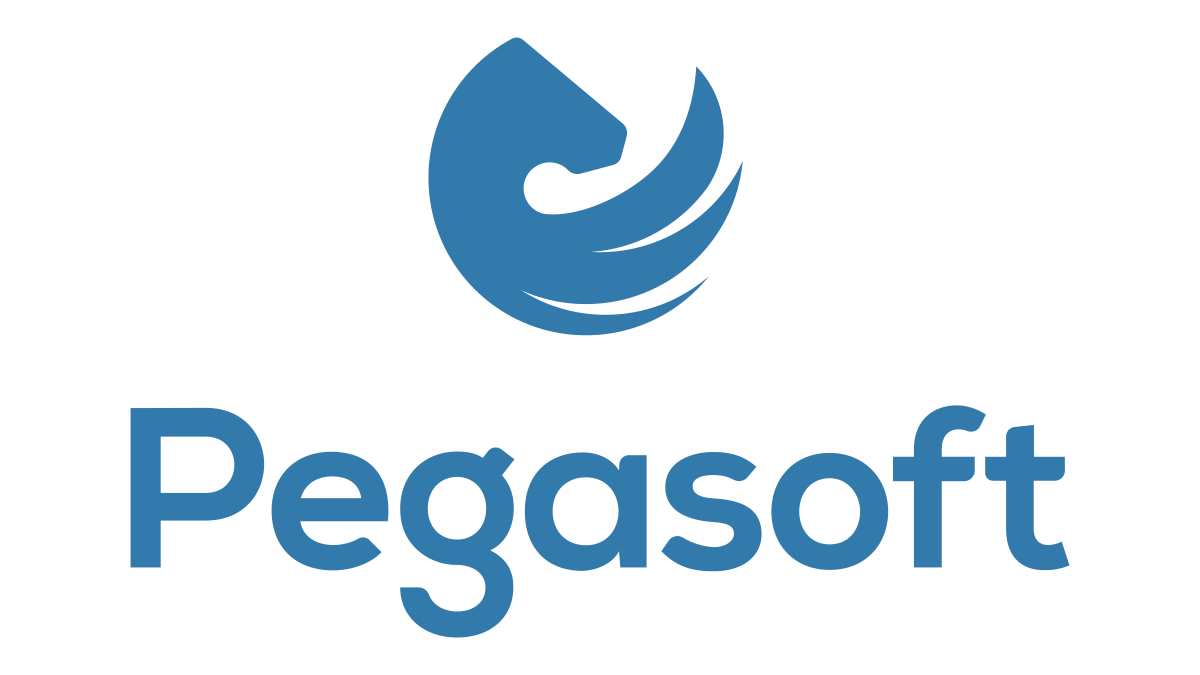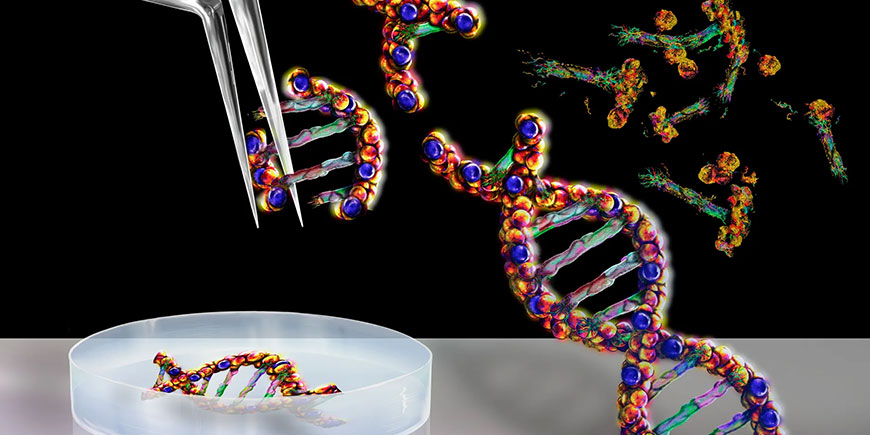Crispr therapy heralds a new era in genetic medicine, with indications for sickle cell anaemia and beta thalassemia.
CRISPR technology, or Clustered Regularly Interspaced Short Palindromic Repeats, makes it possible to modify the nucleic acids that make up the genome of all living organisms. A discovery that has earned Emmanuelle Charpentier and Jennifer Doudna the 2020 Nobel Prize in Chemistry for their ability to “rewrite the code of life”.
But “gene editing”, which acts as a DNA “proofreader”, could be the real gene therapy of the future.
Crispr technique
The real revolution in this field came in 2012 with the discovery of the Crispr-Cas9 system. In the study published in Science, Charpentier (director of the Max Planck Unit for the Science of Pathogens in Berlin) and Doudna (professor at the University of California) showed how the Cas9 protein can be used as a kind of molecular scissors capable of cutting a target DNA, with the possibility of programming it to make specific changes to the genome of a cell, be it animal, human or plant.
As a result of the cut made by Cas9, it is possible to remove harmful DNA sequences from the target genome or to replace sequences, e.g. by correcting disease-causing mutations.
The Cas9 target is programmed by an RNA molecule called guide RNA, which is easily modified in the laboratory. Once attached to Cas9, the guide RNA acts as a kind of leash, anchoring Cas9 to the chosen target DNA sequence.
The system was originally identified by studying bacteria, where the Cas9 protein acts as a molecular scissors to help these microorganisms protect themselves from pathogenic viruses. Between 2012 and 2013, two American research groups from UC Berkeley and MIT Boston first demonstrated that this technology could be used as a biotechnological tool to cut specific DNA sequences within the genome of a non-bacterial cell.
This discovery was a real revolution for biomedical research, because for the first time it was possible to introduce the desired changes in the genome in a simple, effective, fast and inexpensive way.
First Crispr therapy doses
The Crispr genome editing therapy, called Casgevy, is aimed at people with sickle cell anaemia and a related blood disorder, beta thalassemia (also known as Mediterranean anaemia). It was developed by Crispr Therapeutics, a Swiss company co-founded by Nobel laureate Emmanuelle Charpentier, and Vertex Pharmaceuticals, a Boston-based biotech company.
The treatment was approved by regulators in the UK in November 2023, followed by the US and the EU in December.

During a meeting with investors, Vertex Pharmaceuticals, the pharmaceutical company marketing Casgevy, announced that in the third quarter of this year the therapy was administered to a person for the first time outside of a clinical trial, from which it made USD 2 million (Casgevy debuted with a price tag of USD 2.2 million in the US).
“Cagevy has been enthusiastically received by patients, physicians and policymakers, and the launch is progressing well in all regions,” Vertex Chief Operating Officer Stuart Arbuckle said at the meeting, adding that more patients are accessing the treatment commercially.
How does Casgevy work?
People with sickle cell anaemia or beta thalassaemia do not produce healthy haemoglobin, the substance in red blood cells that carries oxygen throughout the body, due to errors in the haemoglobin gene.
People with sickle cell anaemia have harder, crescent-shaped red blood cells that, when they clump together, block blood flow, causing severe pain that can last for hours or days and land people in hospital.
In beta thalassaemia, the body does not produce enough haemoglobin, leading to anaemia. People with severe forms of the disease need regular blood transfusions for life.
Casgevy uses Crispr to modify a person’s cells to produce healthy haemoglobin.
The treatment involves collecting the patient’s blood-forming stem cells, which are then sent to a laboratory to be modified. Before receiving the infusion of new cells, patients must undergo chemotherapy to prepare their bone marrow to receive the cells. Once administered, the cells reach the bone marrow where they begin to produce new red blood cells with healthy haemoglobin.
Prospects and obstacles
In clinical trials, Casgevy significantly reduced or eliminated debilitating pain crises in people with sickle cell anaemia and allowed most beta-thalassemia patients to stop blood transfusions. For some of these people, it is a functional cure.
Vertex estimates that around 35,000 patients with the two diseases in the US and Europe could benefit from Casgevy. The company is investing in expanding production of the therapy and in September received approval for a third manufacturing facility, Arbuckle said.
In some cases, the need to undergo chemotherapy, which can cause infertility, remains a major obstacle for those seeking access to Casgevy. Another complication is the long and arduous process of harvesting the cells and the need to stay in hospital for weeks after the infusion. In short, the first Crispr-based drug is here, but it remains to be seen how well it will be received by patients.


